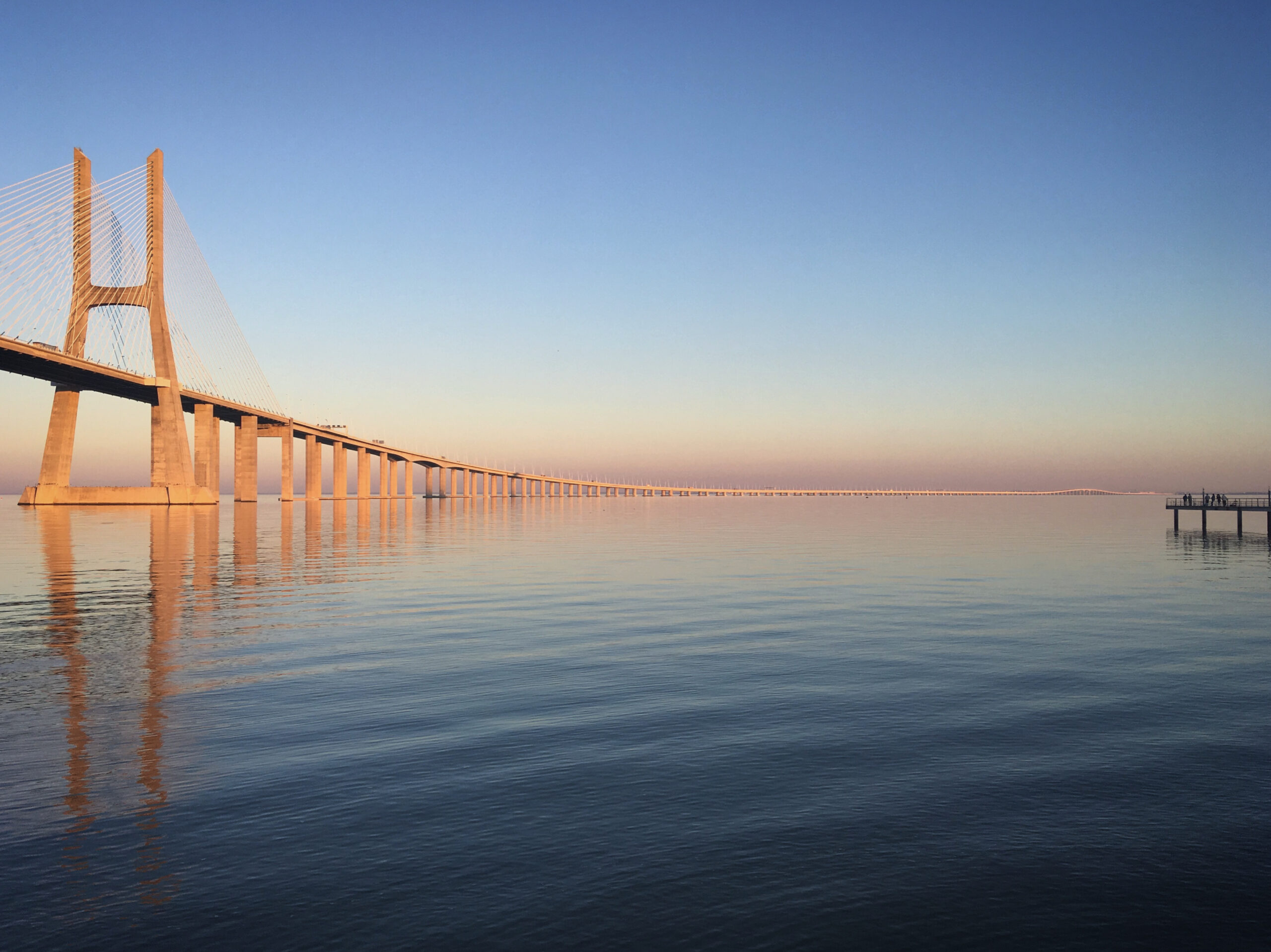Delving into China’s Belt and Road Impact & Scope
Did you know that China’s Belt and Road Initiative (BRI) includes a huge $4 trillion? This sum covers nearly 70 nations. The initiative, referred to as the One Belt One Road (OBOR) scheme, represents one of the most ambitious economic and infrastructure expansion efforts of our time. Via this China’s BRI, China is reinforcing its international economic presence by significantly boosting infrastructure development and commerce in various parts of the globe.
This strategic move has pushed not only China’s economic growth but also affected global commerce systems. China, via the BRI, is working to boost regional integration, create new economic corridors, and form important long-term alliances with other nations involved. The project demonstrates China’s firm devotion to global infrastructure investment. It serves to underline China’s increasing international economic impact.
Key Takeaways
- The BRI includes close to $4 trillion across 70 nations.
- Referred to as One Belt One Road (OBOR), the initiative is pivotal to China’s global economic plan.
- The BRI centers on infrastructure investments and trade expansion to drive economic growth.
- China’s Belt and Road notably boosts regional connectivity and international commerce systems.
- The project represents China’s commitment to long-term international partnerships and global economic influence.
Insight into the Belt & Road Initiative
The Belt & Road Initiative (BRI) stands as a important worldwide plan headed by China. It looks towards rejuvenating the historical Silk Road|historic Silk Road. This includes enhancing regional connections through the large-scale development of infrastructure and investments which spans about 70 states and many international organizations.
This scheme’s objective is to increase global trade and collaboration globally. The silk road initiative|silk road project merges with a contemporary perspective of worldwide economic unity. It utilizes the Silk Road’s historic significance, creating the silk road economic belt|silk road economic zone that connects various continents via a extensive web of commerce routes.
By exploring the belt and road initiative map|BRI map, it’s clear to see this initiative’s vast scope. It integrates land routes and maritime pathways, connecting Asia, Europe, and Africa. This bold endeavor is more than just about new structures. It embodies a idea of a collective destiny characterized by reciprocal cooperation, economic wealth, and the cultural exchange.
This initiative is a dedication to worldwide alliances and extensive networking for a better tomorrow. In summary, the Belt & Road Initiative ushers in a new era of reciprocal gains, worldwide economic growth, and cultural intermingling.
Economic Growth and Trade Expansion Under BRI
The Belt And Road initiative China significantly affects the economy by enhancing trade and growth dynamics. This bold Chinese initiative is pivotal in the nation’s attempt to strengthen its economic power and international presence.
Overall Impact on China’s Economic Landscape
From the start, the BRI has propelled China’s economy forward significantly. An clear effect is the 6.3 percent increase in foreign trade within the initial five months of a previous year. Key to this growth are the infrastructure growth and alliances formed via the BRI. These schemes foster strong commerce, enhancing economic endeavors and advancing China’s economic growth.
Worldwide Commerce Systems
The BRI is key in the enlargement of global trade networks. It has positioned China at the center of international commerce by forging new trade corridors and fortifying existing ones. Multiple markets have been unlocked, facilitating easier trade and promoting economic collaborations. Thus, this initiative not only boosts commerce but also broadens China’s trade relations, strengthening its worldwide financial influence.
The Belt and Road Initiative remains vital in driving economic growth and expanding trade systems, affirming China’s worldwide financial impact.
Sino-European Freight Trains: A Success Story
The Belt & Road Initiative has had a notable effect via Sino-European freight trains, improving trade connections. Horgos Station plays a key role, becoming a central link in the BRI initiative.
Horgos Station Achievements
Horgos Depot has gained importance as a important logistics center, primarily because of the many China-Europe freight trains it services. Since 2016, over 36,000 trains have used this depot, proving its crucial role in global trade. This not only underscores the success of the BRI but also the superiority of Horgos Station.
Economic Benefits to Border Cities
The expansion around Horgos Station has powered impressive economic gains for Horgos, the neighboring frontier city. The increase in trade from Sino-European freight trains has boosted local commerce, producing more work positions and securing the city’s wealth. This tale of success emphasizes how strategic infrastructure and global commerce cooperate to sustain local economic growth.
| Year | Freight Trains | Economic Impact |
|---|---|---|
| 2016 | 5,000 | First boost to local enterprises |
| 2017 | 8,000 | Expansion of trade activities |
| 2018 | 10,000 | Continued employment growth |
| 2019 | 7,000 | Improved frontier city wealth |
| 2020 | 6,000 | Increase in local economic activities |
China’s BRI Projects in Central Asia
Central Asia has developed into a major zone for BRI projects thanks to its strategic position and vast resources. One prominent project is the China-Kyrgyzstan-Uzbekistan Rail Network. It greatly improves regional links.
China-Kyrgyzstan-Uzbekistan Railway
The China-Kyrgyzstan-Uzbekistan Rail Network is advancing in Central Asia. Its goal is to upgrade transit networks throughout the region. This important rail line not only decreases cargo travel time but also broadens trade routes significantly.
| Aspect | Information |
|---|---|
| Countries Involved | China, Kyrgyzstan, Uzbekistan |
| Distance | About 900 km |
| Key Gain | Increased regional connectivity |
Local and Regional Benefits
Initiatives such as the China-Kyrgyzstan-Uzbekistan Rail Network have a variety of gains. They generate employment and enhance local infrastructure. At a broader level, they enhance the economy and strengthen political ties.
The influence of the BRI in Central Asia is clearly seen with developments such as the rail line. It’s altering the zone into a more unified and wealthy region, underscoring the strength of regional integration.
China’s Belt and Road: Important African Collaborations
The partnership between Africa and China, within China’s Belt and Road|China’s Belt & Road, strives to improve regional advancement. This project is a central element of international infrastructure investment|global infrastructure investment. It emphasizes improving the zone via strategic growth initiatives.
The Magufuli Bridge in Tanzania is a notable instance. It joins areas, boosting mobility and raising economic actions. It demonstrates the firm partnership between Africa-China partnerships|Africa-China collaborations|Africa-China alliances.
In Tanzania, the Chinese-constructed fishing harbor is another success story. It has provided real advantages, boosting commerce and backing local financial development. These significant schemes illustrate the China’s Belt and Road|China’s Belt & Road‘s aim: to enhance local economic systems and living conditions across Africa.
Key schemes include:
- Magufuli Bridge – Crucial for regional ties and economic development.
- Tanzanian Fishing Port – Boosts commerce and increases local employment.
Analysis of the Silk Road Economic Belt|Silk Road Economic Zone
The Silk Road Economic Belt|Silk Road Economic Zone serves as a cornerstone in China’s broad Belt and Road Initiative. Its aim is to revitalize the old Silk Road|Silk Route trade corridors. By pursuing this, it intends to not only recreate economic connections but to also foster rich cultural interactions and collaborative economic ventures.
Historical Background and Contemporary Renewal
The historical Silk Road|ancient Silk Route was a vital connection between the East and West, functioning as a major trade and cultural trade corridor. The Silk Road Economic Belt|Silk Road Economic Zone seeks to rejuvenate and enhance these ties. It achieves this by focusing on large-scale infrastructure development that supports its dream for modern trade.
Significant Infrastructure Efforts
Major infrastructure projects along the Silk Road Economic Belt|Silk Road Economic Zone has experienced considerable growth. This includes the construction of roads, railroads, and conduits to move energy. All these are focused on making trade smoother and drawing more investment. These projects aim to transform trade methods and foster greater regional cohesion.
| Scheme | State | Status | Effect |
|---|---|---|---|
| Khorgos Gateway | Kazakhstan | Functioning | Increased trade flow |
| China-Pakistan Economic Pathway | Pakistan | In Development | Enhanced regional links |
| Chongqing-Duisburg Railway | China, Germany | Operational | Increased freight effectiveness |
The Modern Maritime Silk Route
The *21st century Maritime Silk Road* seeks to link China with regions such as Southeast Asia, South Asia, Africa, and Europe. It takes advantage of historical maritime paths for today’s commerce. This project is at the core of China’s aim to enrich global trade networks through strategic investments and improved sea connections. It combines historic routes with contemporary economic and cultural projects, improving international collaboration.
This China’s Belt And Road connects zones via maritime routes, intending a smooth trade and investment movement. It emphasizes Southeast Asian ports like Singapore and Colombo as important nodes within the framework. Also, by linking to African ports at Mombasa and Djibouti, it enables better trade between continents and quicker logistics.
| Region | Important Ports | Strategic Influence |
|---|---|---|
| Southeast Asia | Singapore, Colombo | Commerce integration and regional financial growth |
| South Asia | Chennai, Mumbai | Better connections and trade dynamics |
| Africa | Mombasa, Djibouti | Improved access to global markets |
| Europe | Venice, Piraeus | Simplified trade routes to the European center |
At the heart of the *21st century maritime silk road* are harmonized measures for infrastructure development, investment models, and regulation norms. This holistic strategy aims to not just advance trade but to also establish lasting financial collaborations, advantaging all participating. The focus on cutting-edge ports and efficient logistics shows the project’s commitment to enhancing international commerce systems.
Case Studies: Successful BRI Projects
The Belt & Road Initiative (BRI) has integrated various infrastructure investments globally. It highlights significant economic and developmental progress. Pakistan, in particular, has seen notable successes with schemes such as the Gwadar Port. The state has also profited from various hydropower projects. This illustration underscores the possibility of strategic alliances inside the BRI structure.
Gwadar Port Development in Pakistan
The influence of the BRI is evident in the expansion of Gwadar Port. Located on the Arabian Sea, it has transformed from a fishing settlement to a international port city. The progression of Gwadar Port has enhanced sea commerce and provided economic opportunities for local residents.
It serves as a major initiative within the China-Pakistan Economic Pathway. This highlights the success stories of the BRI in enhancing social and economic development.
Hydropower Projects in Pakistan
Hydropower schemes play a crucial role in Pakistan’s sustainable growth attempts under the BRI. They cater to the country’s increasing energy demands while advancing ecological balance. Collaborating with Chinese companies, Pakistan has experienced a notable rise in its power production capability.
This project has assisted in addressing electricity shortfalls and support long-term economic stability. It has turned into a cornerstone in the BRI’s local achievements.
| Project | Location | Benefits |
|---|---|---|
| Gwadar Port | Gwadar, Pakistan | Boosted sea commerce, local economic development |
| Neelum-Jhelum Hydropower Plant | Azad Jammu & Kashmir | Boosted power production, lowered power deficits |
| Suki Kinari Hydropower Scheme | Khyber Pakhtunkhwa | Boosted renewable energy production, local progress |
Issues and Critiques of the BRI
The Belt and Road Initiative (BRI) has drawn both commendation and concern. Many underline its possible advantages, but it does face criticism for different problems. These consist of concerns regarding debt diplomacy, and the environmental and social consequences of the schemes.
Financial Dependency Worries
One major problem is debt diplomacy via the BRI. This concept refers to how countries might surrender their autonomy due to large loans to China, a fear often mentioned. Such opponents point out that some states have difficulty repaying their loans, resulting in a dependence on China. This scenario supports assertions about the financial viability of such indebted nations.
Ecological and Societal Effects
Some critics raise concerns about the BRI’s environmental and societal impacts. The development of major initiatives sometimes harms regional ecologies, causing significant concern from those who prioritize the environment. Moreover, it results in community issues like the relocation of communities, extended construction periods, and straining local facilities. These problems have sparked protests in impacted regions, emphasizing the requirement for prudent control to balance growth with ecological and social conservation.
Prospects of China’s Belt & Road Initiative
The Belt & Road Initiative (BRI) continues to be pivotal at the center of China’s economic vision. It seeks to form a network of global connectivity through substantial infrastructure growth. This initiative, one of the century’s most daring projects, aims to widen its impact across borders.
The OBOR initiative is evolving to meet the increasing requirement for new commerce pathways and economic collaborations. It is aiming to foster enduring progress internationally.
China’s future economic plan under the BRI will highlight inclusive growth. It will enhance transport, energy, and digital systems for all participating. Such enhancements will facilitate global commerce and more cost-effective.
Addressing different issues head-on, the BRI is set to improve despite worries about its environmental and fiscal consequences. By adjusting policies and seeking innovative, enduring answers, it seeks to harmonize development.
In the end, the OBOR initiative is essential to China’s economic vision. It is transforming the international economic scene for the better, seeking reciprocal development and wealth.



